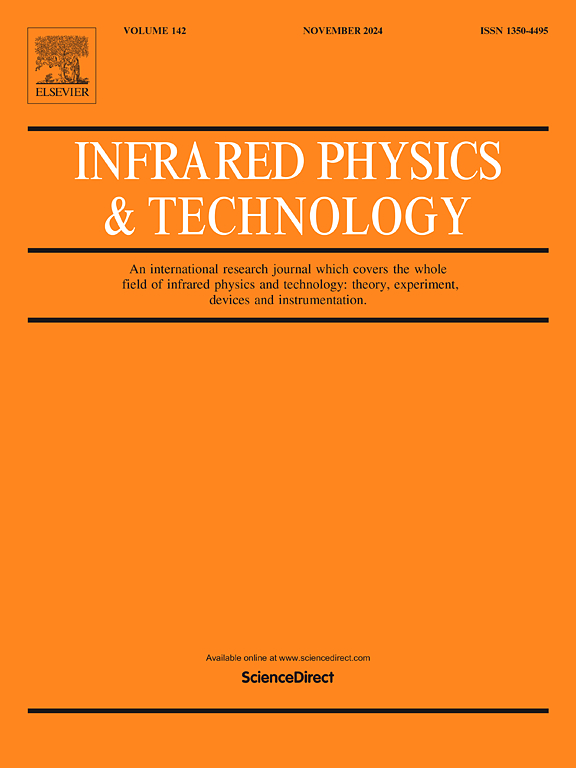SiamTU: Hyperspectral video tracking against appearance changes using improved SiameGAT with adaptive template updating
IF 3.1
3区 物理与天体物理
Q2 INSTRUMENTS & INSTRUMENTATION
引用次数: 0
Abstract
Siamese-based tracking algorithms are gaining popularity in hyperspectral tracking because of their effectiveness in feature matching. Nevertheless, these techniques require refinement to handle significant variations in the target’s appearance, including deformation, occlusion, and small size, more effectively. Therefore, we propose the SiamTU (SiameGAT with Template Updating) tracker, which includes band selection, an improved graph attention based Siamese model, and an adaptive template update mechanism, using public hyperspectral videos. Initially, a band selection technique employing the neighborhood group normalized filter is utilized to obtain three high-significance bands. The resultant synthesized image is then used as the input for the tracker. Following this, a module for efficient feature refinement is developed to improve the features that have been encoded. The model has the ability to simultaneously concentrate on both local details and overall structures by extracting features from the input at various scales. Moreover, an embedded template update network enhances the SiamTU’s capability referring to appearance changes effectively. Results from tests on the hyperspectral dataset reveal that SiamTU is more effective than comparable algorithms, attaining a success rate of 0.617 and a precision value of 0.939. The code will be accessible at https://github.com/ctb2/SiamTU.
SiamTU:使用改进的带有自适应模板更新的SiameGAT对外观变化进行高光谱视频跟踪
基于连体体的跟踪算法由于在特征匹配方面的有效性,在高光谱跟踪中越来越受欢迎。然而,这些技术需要改进,以更有效地处理目标外观的显著变化,包括变形、遮挡和小尺寸。因此,我们提出了SiamTU (SiameGAT with Template Updating)跟踪器,该跟踪器包括频带选择、改进的基于图关注的Siamese模型和自适应模板更新机制,使用公共高光谱视频。首先,采用邻域群归一化滤波器进行波段选择,得到三个高显著性波段。生成的合成图像然后用作跟踪器的输入。在此之后,开发了一个用于有效特征细化的模块,以改进已编码的特征。该模型通过从不同尺度的输入中提取特征,能够同时关注局部细节和整体结构。此外,嵌入式模板更新网络有效地提高了SiamTU根据外观变化的能力。在高光谱数据集上的测试结果表明,SiamTU比同类算法更有效,成功率为0.617,精度值为0.939。代码可在https://github.com/ctb2/SiamTU上访问。
本文章由计算机程序翻译,如有差异,请以英文原文为准。
求助全文
约1分钟内获得全文
求助全文
来源期刊
CiteScore
5.70
自引率
12.10%
发文量
400
审稿时长
67 days
期刊介绍:
The Journal covers the entire field of infrared physics and technology: theory, experiment, application, devices and instrumentation. Infrared'' is defined as covering the near, mid and far infrared (terahertz) regions from 0.75um (750nm) to 1mm (300GHz.) Submissions in the 300GHz to 100GHz region may be accepted at the editors discretion if their content is relevant to shorter wavelengths. Submissions must be primarily concerned with and directly relevant to this spectral region.
Its core topics can be summarized as the generation, propagation and detection, of infrared radiation; the associated optics, materials and devices; and its use in all fields of science, industry, engineering and medicine.
Infrared techniques occur in many different fields, notably spectroscopy and interferometry; material characterization and processing; atmospheric physics, astronomy and space research. Scientific aspects include lasers, quantum optics, quantum electronics, image processing and semiconductor physics. Some important applications are medical diagnostics and treatment, industrial inspection and environmental monitoring.

 求助内容:
求助内容: 应助结果提醒方式:
应助结果提醒方式:


